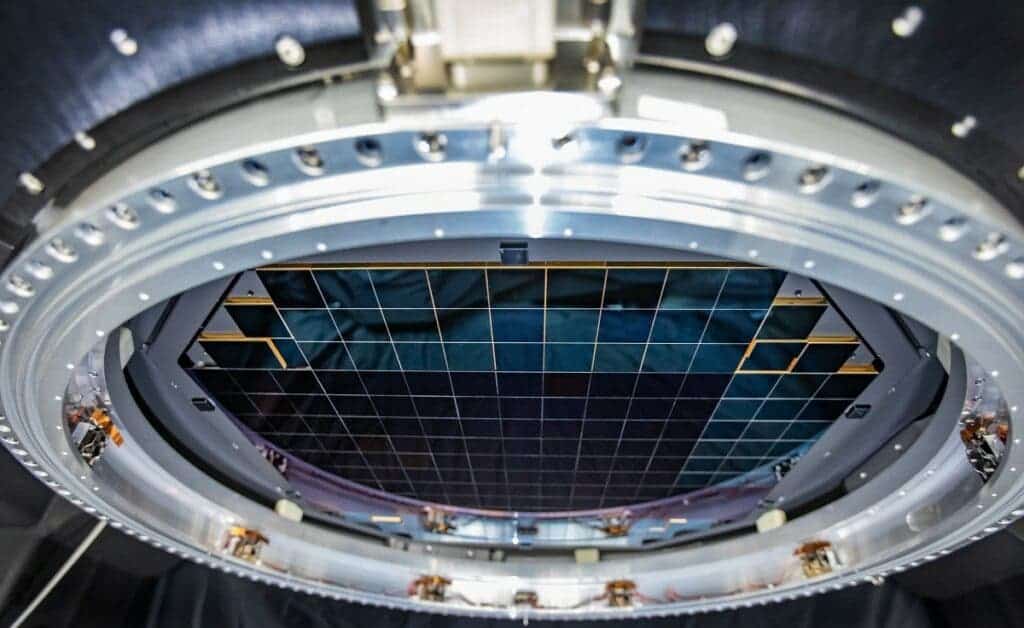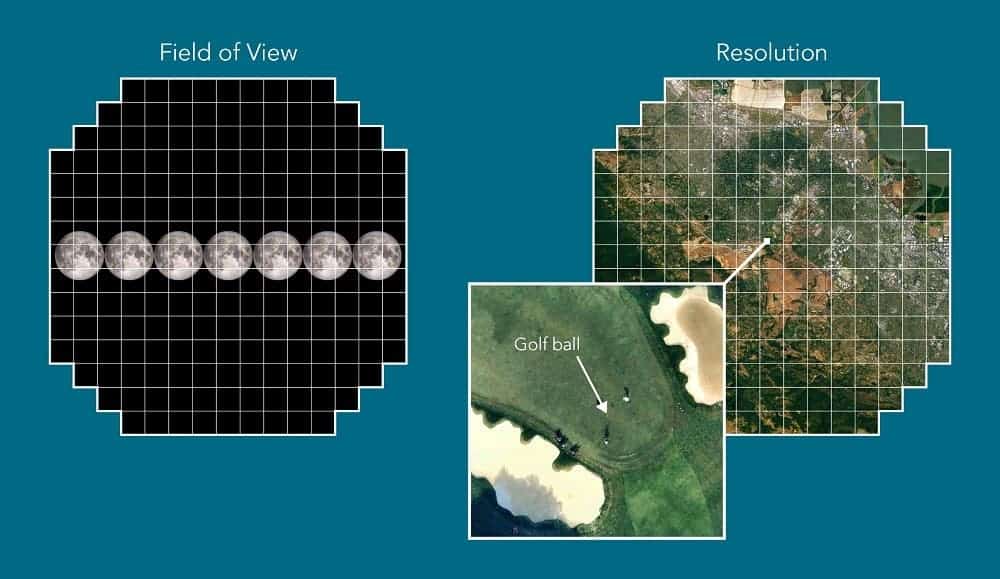A group of researchers at Sandford University have taken the first 3,200-megapixel digital photos, the largest ever taken in a single shot, using an extraordinary array of imaging sensors. These will be part of the world’s largest digital camera that will be set up in a telescope in Chile once the camera is fully assembled.

Researchers at the US Department of Energy’s SLAC National Accelerator Laboratory have been working since 2015 to manufacture the world’s largest and most powerful digital camera. The device will be the centerpiece of the Vera C. Rubin Observatory currently under construction in Chile, which will gather views of the night sky.
The project, known as the Legacy Survey of Space and Time (LSST), features 189 individual imaging sensors that record 16 megapixels each.
“This achievement is among the most significant of the entire Rubin Observatory Project,” SLAC’s Steven Kahn, director of the observatory, said in a statement. “The completion of the LSST Camera focal plane and its successful tests is a huge victory by the camera team that will enable Rubin Observatory to deliver next-generation astronomical science.”
While a full-frame consumer camera has an imaging sensor of 1.4 inches (3.5 centimeters), the focal plane of this monster cameras reaches more than two feet (61 centimeters) in width. That would allow it to spot astronomical objects or capture a portion of the sky in great detail, the researchers argued, highlighting their potential once it is fully assembled.
During tests, the team at Sandford placed the focal plane in a cryostat in order to cool the sensors down to -101.1ºC (-150 Fahrenheit), which is the required operating temperature. Then they took pictures of broccoli, as it has intricate details, as well pictures of the team and of Vera C. Rubin, the scientist after which the observatory is named.

The images are actually so large that it would require 378 4K television screens to present one in full size, the researchers estimated, adding that the amazing resolution would allow spotting a golf ball from 24 kilometers (15 miles) away. The sensors will be able to spot objects 100 million times dimmer than those visible to the naked eye.
Although the researchers have passed the most important phases of the project, they still have more challenging work ahead in order to assemble the rest of the camera. They have to insert the cryostat with the focal plane into the camera body, as well as add the lenses, a shutter and a filter exchange system. The final testing would start mid-2021, they estimate.
“Nearing completion of the camera is very exciting, and we’re proud of playing such a central role in building this key component of Rubin Observatory,” said JoAnne Hewett, SLAC’s chief research officer, in a statement. “It’s a milestone that brings us a big step closer to exploring fundamental questions about the universe in ways we haven’t been able to before.”









